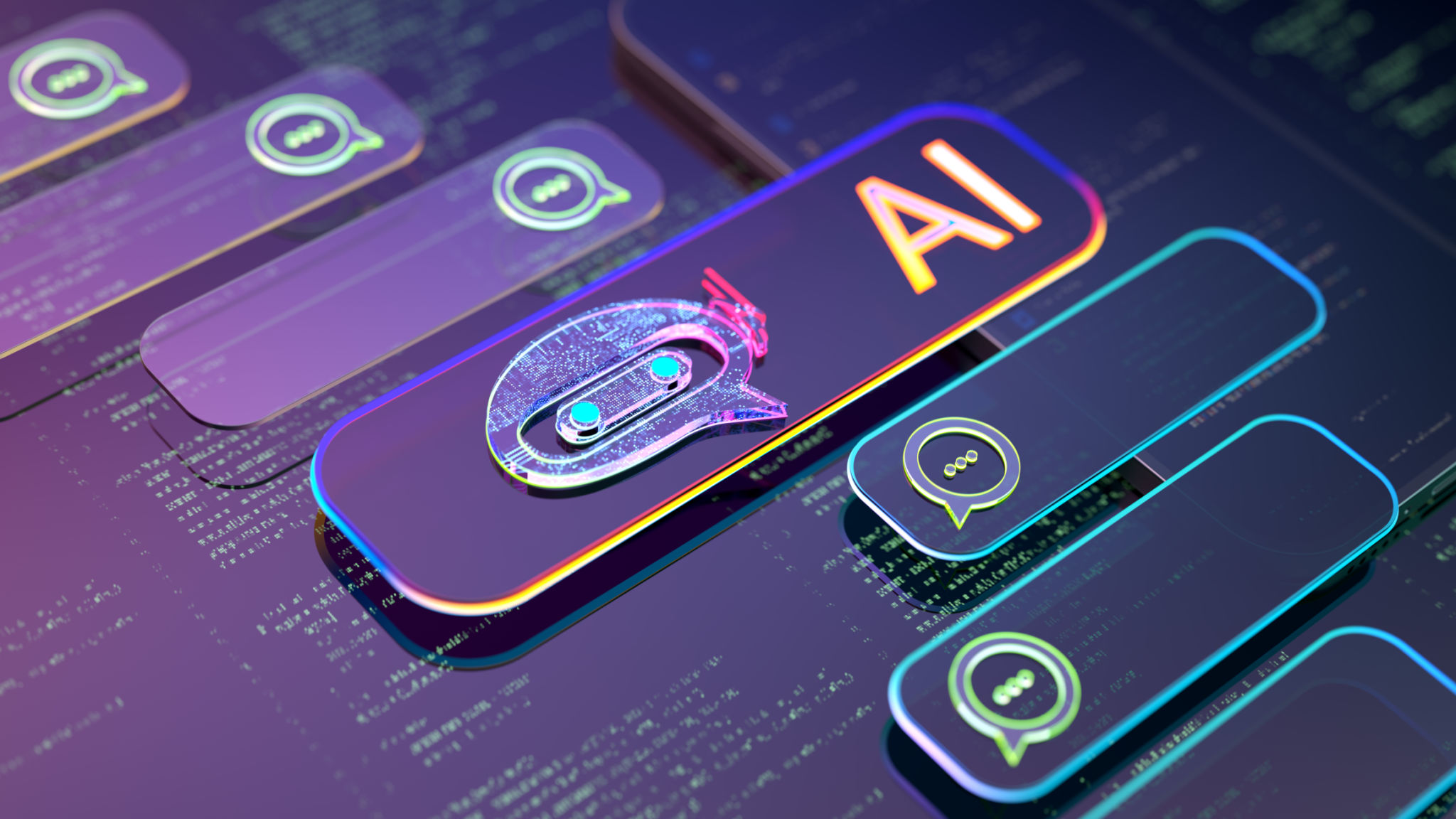Seasonal Trends: Preparing for AI Innovations in Technology Transfer
Understanding the Intersection of AI and Technology Transfer
In recent years, the rapid advancement of artificial intelligence (AI) has had a profound impact on various sectors, including technology transfer. This intersection is revolutionizing how innovations are shared, developed, and brought to market. As we approach a new season of technological growth, understanding these trends is crucial for staying ahead in the competitive landscape. Technology transfer offices, research institutions, and businesses must adapt to harness the full potential of AI in driving innovation.
Technology transfer refers to the process of transferring scientific findings from one organization to another for further development and commercialization. Traditionally, this has involved lengthy negotiations, extensive documentation, and a significant amount of human intervention. However, AI is set to change the game by automating and streamlining many of these processes.

The Role of AI in Streamlining Processes
AI can significantly enhance the efficiency of technology transfer by automating routine tasks and improving decision-making processes. Machine learning algorithms can analyze large datasets to identify promising technologies more quickly than human analysts. This capability not only saves time but also ensures that valuable innovations are not overlooked.
Furthermore, AI-driven predictive analytics can forecast market trends and potential licensing opportunities, providing vital insights for technology transfer offices. This foresight allows organizations to make informed decisions about which innovations to prioritize and invest in. As a result, the overall process becomes more agile and responsive to market needs.

Enhancing Collaboration and Communication
Collaboration between innovators, businesses, and research institutions is at the heart of successful technology transfer. AI can facilitate this collaboration by improving communication channels and making information more accessible. Natural language processing (NLP) technologies enable seamless interactions between different stakeholders, breaking down language barriers and fostering a global exchange of ideas.
Moreover, AI-powered platforms can support virtual collaboration by providing tools for project management, document sharing, and real-time communication. These platforms enable teams to work together effectively, regardless of geographical location, thus accelerating the development and commercialization of new technologies.

Navigating Ethical and Legal Considerations
While AI offers numerous benefits in technology transfer, it also raises ethical and legal considerations that must be addressed. Issues such as data privacy, intellectual property rights, and algorithmic bias require careful attention to ensure that AI is used responsibly and ethically. Organizations must establish clear guidelines and policies to navigate these challenges effectively.
Additionally, legal frameworks around AI and technology transfer are continuously evolving. Staying informed about regulatory changes is essential for compliance and risk management. By proactively addressing these issues, organizations can build trust with stakeholders and pave the way for sustainable growth.
Preparing for Future Innovations
As AI continues to evolve, so too will its applications in technology transfer. Looking ahead, we can expect even greater integration of AI technologies in this field, leading to more efficient and effective processes. Organizations must stay informed about emerging trends and invest in the necessary infrastructure to support AI-driven innovation.
Training programs and workshops can help employees develop the skills needed to leverage AI tools effectively. By fostering a culture of continuous learning and adaptation, organizations can better position themselves to capitalize on the opportunities presented by AI innovation.

Conclusion: Embracing Change for Competitive Advantage
In conclusion, preparing for AI innovations in technology transfer is essential for organizations aiming to maintain a competitive edge. By understanding the impact of AI on this process, embracing new technologies, and addressing ethical considerations, businesses and research institutions can unlock new opportunities for growth and collaboration.
As we move into a new era of technological advancement, staying proactive and adaptable will be key to success. Embrace the potential of AI in technology transfer today, and position your organization for a future where innovation knows no bounds.
